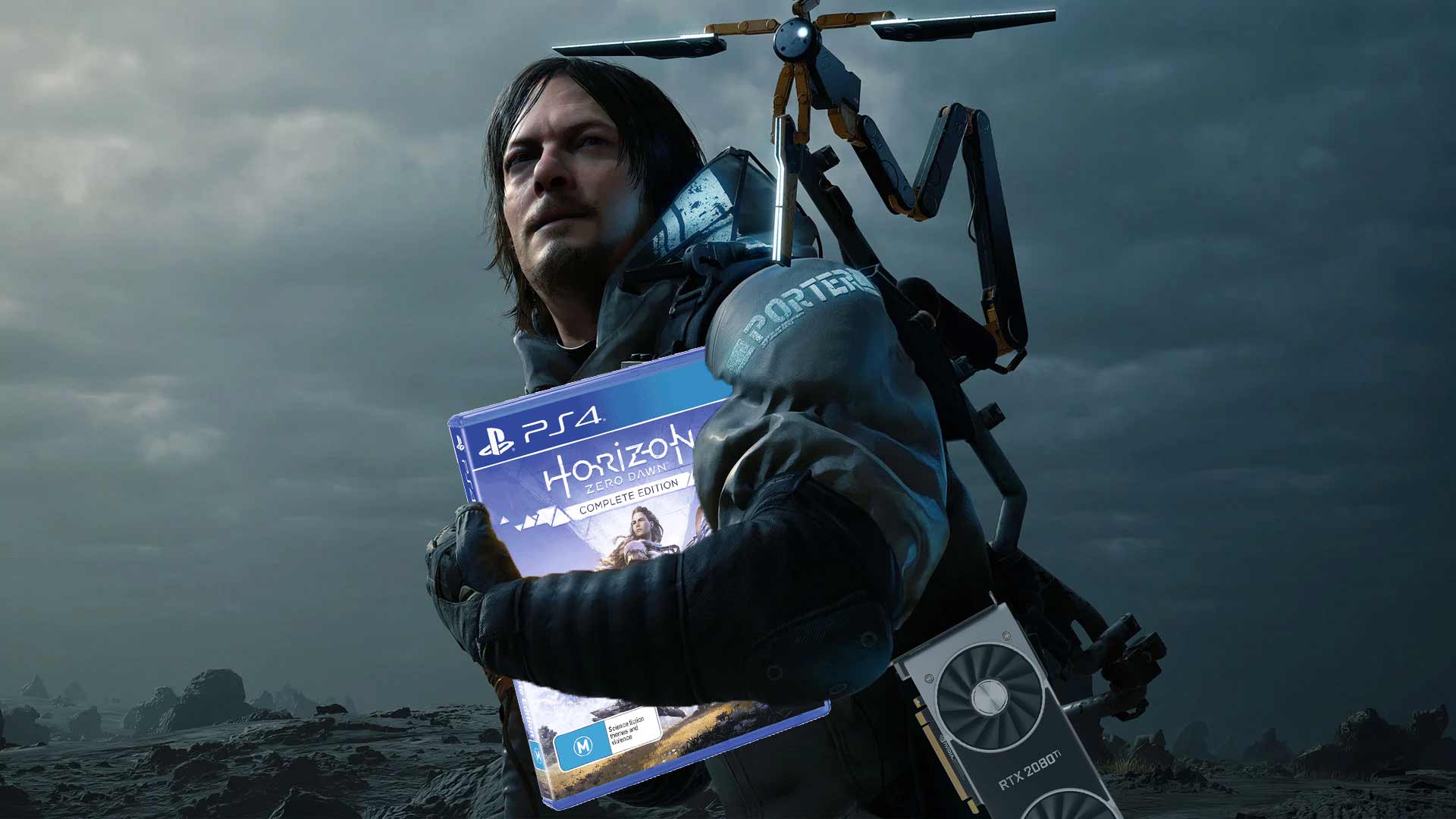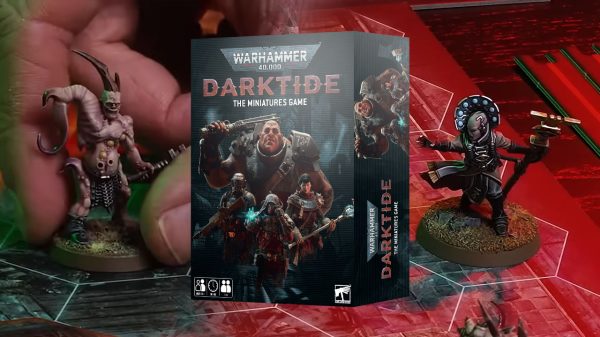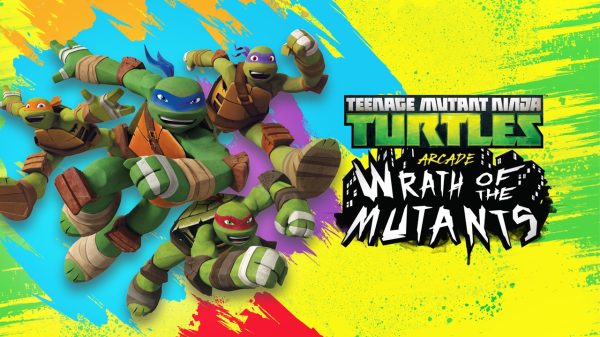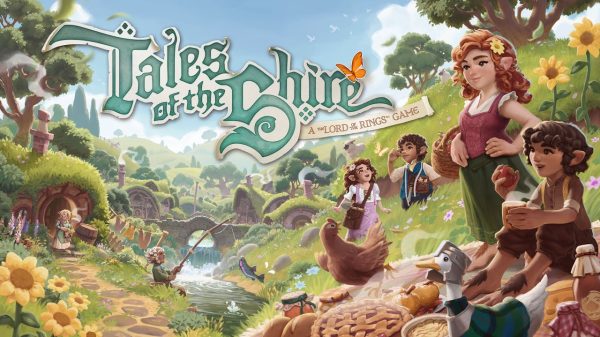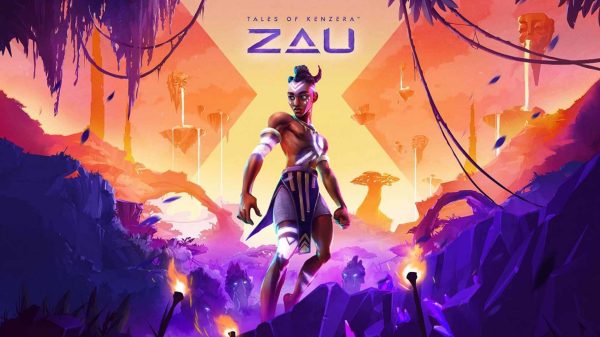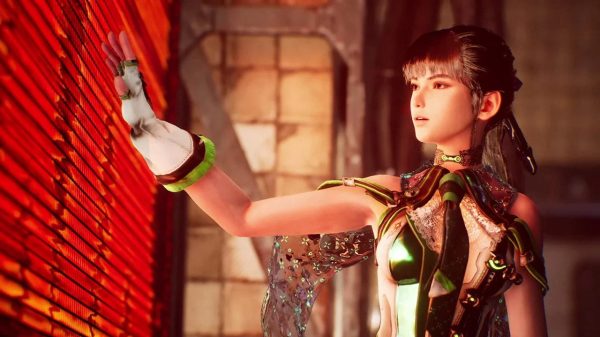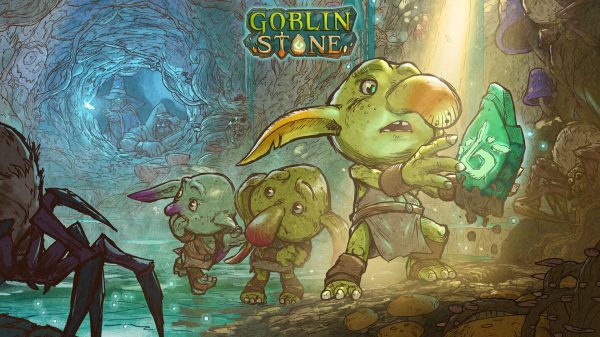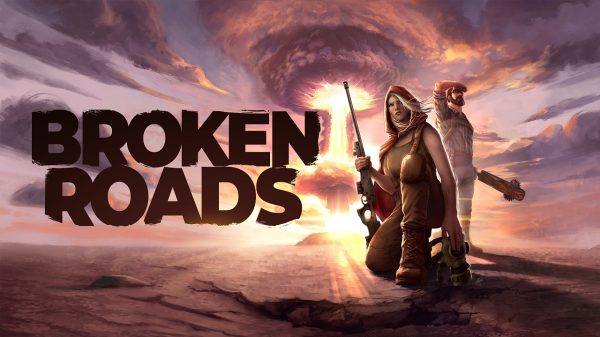It has been about a month since Guerrilla Games’ Horizon Zero Dawn made its way to PC and, if we are being perfectly honest, it has been fairly problematic. PC players all around the world have encountered bizarre issues, ranging from crashes to inconsistent performance. I myself have encountered a number of technical issues and noticed some things that should have gotten more attention. However, Horizon Zero Dawn is not the only game using Guerrilla’s Decima Engine to have been ported to the PC platform. Hideo Kojima’s Death Stranding was also ported to PC the month prior and, while it wasn’t exactly perfect, it was a largely solid port and gave me (misplaced) confidence in Horizon Zero Dawn’s port. They both do a number of things differently and properly show what to do and what not to do in terms of PC ports, so let’s have a look at these two very different approaches to PC ports.
Before we can really put these games and their respective ports under the microscope, we need to take a look at system requirements. While system requirements aren’t wholly indicative of how a game will run or look, they give us a good idea of who and what the developers were targeting when refining these games for their PC releases. We’ll be looking at the recommended specs and not the minimum specs, as recommended specs are the target.
| Game | Death Stranding | Horizon Zero Dawn |
| OS | Windows 10 64-bit | Windows 10 64-bit |
| CPU | i7-3770 or Ryzen 5 1600 | i7-4770K or Ryzen 5 1500X |
| Memory | 8 GB | 16 GB |
| GPU | GeForce GTX 1060 (6GB) or Radeon RX 590 | GeForce GTX 1060 (6GB) or Radeon RX 580 (8GB) |
| Direct X | DX12 | DX12 |
| Storage | 80 GB | 100 GB |
Now, what info can we garner from this? Well, we know that the PS4 Pro is comparable in its GPU specs to something along the lines of a Radeon RX 570, and both these games list their recommended specs as notably higher in the GPU department, with Horizon Zero Dawn’s being comparable to the power of the Xbox One X and Death Stranding’s being a tier above that. From this, we can immediately garner that both of these games are making fewer compromises in terms of their raw visual fidelity and effects, making them sit more in line with standardised graphics settings instead of heavily tailored and optimised settings that consoles are used to. What is also interesting here is that both of these titles only use the DirectX 12 API, DX11 is nowhere in sight. For a lot of people, this wouldn’t mean much, but the idea behind DX12 is for games to scale their processing across a higher number of CPU cores rather than just taxing one or two cores – working smarter, not harder. One of the best implementations of this API is with Sniper Elite 4, but while this game shows how great the API can be, most of its implementations have been…far from perfect. Regardless, it makes total sense for developers to use this API as it allows them to rely a little less on drivers and develop closer to the hardware itself, a development environment which most of these developers (Guerrilla Games and Kojima Productions) would be used to, given their proficiency as console game developers.
Regardless, let us take a look at some other notable things in the spec sheet. The CPU listings are quite interesting. Neither models of the PS4 have especially impressive CPUs, it’s actually the reason that some games cannot run as cleanly as they could like with Destiny 2, but the CPUs listed in the recommended specifications are notably more powerful. Now, as I say this please understand that performance of consumer PC hardware and console hardware are not directly comparable. There are quite a few optimisations made on the hardware level that allow these machines to run so efficiently while still delivering solid experiences. When I talk about hardware like this, I use certain consumer hardware as a frame of reference rather than a direct comparison. Still, there are still a few advantages the CPUs listed:
- Clock speed: the speed at which a component can complete a cycle. 1 cycle = 1 clock
- IPC – instructions per clock: the number of instructions a given component can handle within each clock. The higher this number, the more efficient the component is.
All of the CPUs listed have higher IPCs and clock speeds (both of these games recommend running at 3.5GHz or higher, which is an easy task for these processors). There are a number of reasons why developers will list clock speeds, especially in cases where the original game in question ran on hardware that was clocking at basically half the speed, but we’ll just go with the fact that these are pretty much the base clocks for these CPUs and testing these games’ PC ports with underclocked CPUs was not done. Regardless, it’s still quite interesting the hardware that was chosen for the recommended specs. Unfortunately, it is not listed which settings these specs are recommended for and what level of performance to expect.
…it makes total sense for developers to use this API [DX12] as it allows them to rely a little less on drivers and develop closer to the hardware itself
Display Modes & Resolution
This is a facet of a PC game that is kind of hard to get wrong in this day and age, but there are certainly some games that still manage to muck it up. Whether it be due to dumbfounding decisions (Dragon Ball Z Kakarot’s minimal display options), or to really poor engine optimsations (like with Metro Exodus), some games can fall on their face in this department. This is where Death Stranding comes into the picture. There are three main methods of display for any PC game: windowed, borderless fullscreen and fullscreen, and each comes with its own set of advantages and disadvantages. Fullscreen mode (also known as exclusive fullscreen) means the computer isn’t wasting processing power and time on other windows that may be open, they are all effectively minimised and suspended while in this display mode. Lower-end PCs are often better suited for this as it can maximise a game’s performance, helping someone get that little bit of extra value out of their given hardware, but that doesn’t mean people with higher-end PCs don’t still use it. Borderless fullscreen is similar to fullscreen except that it doesn’t minimise or suspend any non-critical background processes and allows you to switch in and out of the game’s window seamlessly. This is arguably the more commonly used display method and the performance differences between this and exclusive fullscreen are very minimal. It’s also my preferred display method and has proven especially useful in my beloved Final Fantasy XIV, as I can write articles while waiting in queue for activities, but I digress. This is a more modern display method but it has been a standard feature for a number of years. Windowed is pretty self-explanatory – the game runs in a moveable window and the resolution of the game scales with the size of the window.
Death Stranding has only two display modes, and one of them isn’t even communicated correctly. There is windowed and “fullscreen” mode. The fullscreen mode is a bit of a lie, however, as it is actually borderless fullscreen mode. While this isn’t a huge problem, it does beg the question of why it was falsely labelled. The game already covers a lower end of hardware for PC and you’d think that Kojima Productions would have made sure that their display mode coverage would have helped the game look and run its best no matter the PC it was running on.
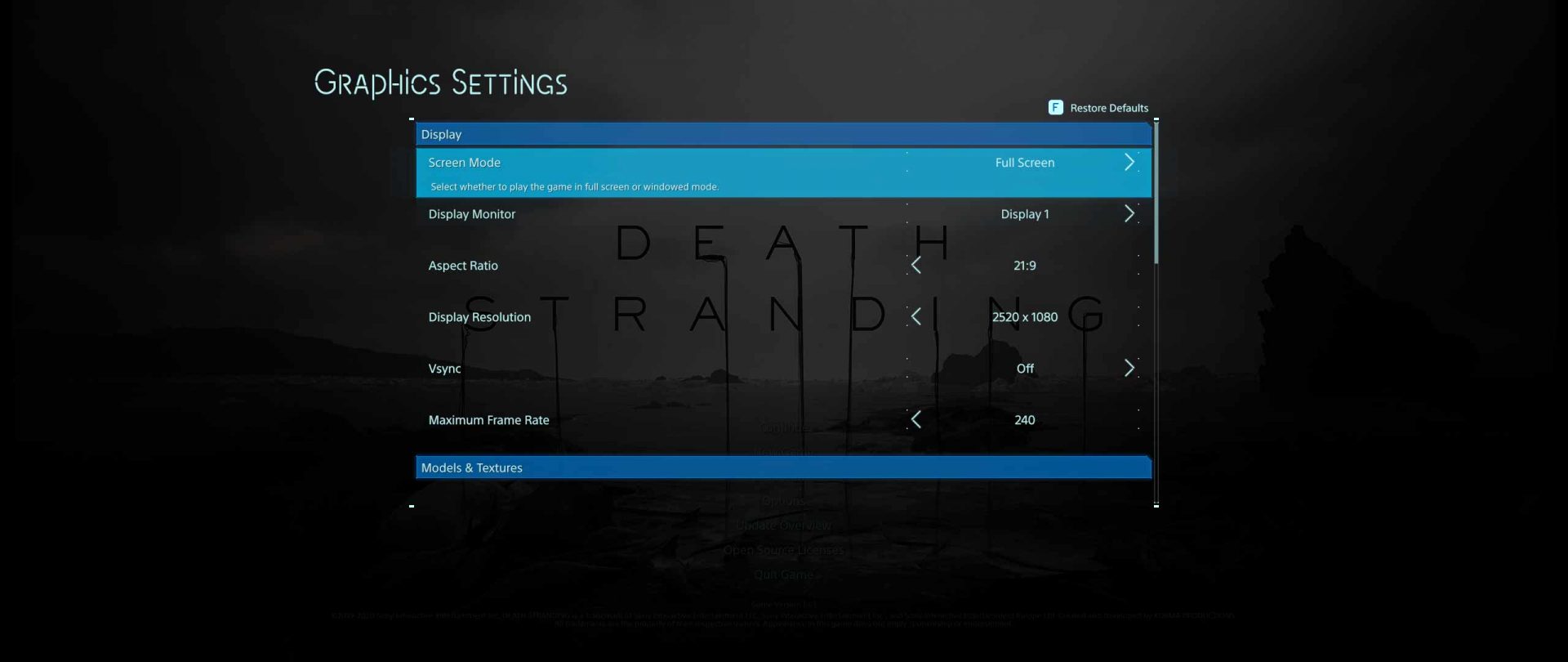
Display modes aren’t the only area where Death Stranding is a bit of a weird one. If you’ve read any of my PC reviews before, you’d know that I find it incredibly disappointing when a high-budget game doesn’t support ultrawide resolution in this day and age. While Death Stranding isn’t exactly guilty of not supporting ultrawide, its support is…bizarre to say the least. For reference, the ultrawide monitor that I use has a resolution of 2560×1080, also known as 1080p ultrawide. Death Stranding, however, displays on my monitor as 2520×1080, so there are these very weird tiny black bars that exist on the sides of the screen. Honestly, it’s nothing major. If anything, it’s quirky and would almost be on-brand for a Kojima game. It’s at least small enough that I didn’t really notice until I was looking at the framerate counter where I realised that the counter itself was slightly in a black bar. Just because I’ve been ragging Death Stranding here, doesn’t mean Horizon Zero Dawn is out of the woods either.
Horizon Zero Dawn’s ultrawide support has been…shaky. Prior to release, the game normally ran just fine in ultrawide mode, except for the cutscenes. Horizon uses two types of cutscenes (pre-rendered and in-engine), and it’s only noticeable on PC. Pre-rendered cutscenes usually feature ramped up visuals and are recorded at 30fps. Horizon only runs at 30fps so it would be nigh impossible to tell the difference on the PS4, especially given that the visuals aren’t really cranked in any way. Prior to release, the cutscenes would “support” ultrawide by stretching the image to fit the ultrawide aspect ratio, quickly removing any semblance of beauty or detail in said cutscenes. After the day one patch (which was absurdly large), the game fixed this issue by displaying it at a 16:9 aspect ratio, which is fine. The problem is that the black bars are replaced with out-of-focus, zoomed-in shots of the cutscene in question, which is just distracting. The easiest way to describe it would be like a review recap video that most press outlets use a few days after the embargo lifts on a game. It’s dumb, distracting and requires more processing power for nothing. I would prefer it if the black bars were there.
Shaders
Easily the worst game to take notes from in terms of shader optimisations is Call of Duty: Modern Warfare. That game spends an insane amount of time optimising its lighting and shaders, and the result that is often outclassed by games that don’t make the player sit for an eternity loading shaders. Virtually any PC player for Modern Warfare will tell you that the shader optimisations are annoying (not to mention the insane amount of space that game takes up on your storage drive). Horizon took some notes from this game and it was somehow worse. When I first launched the game I had to sit through it three times. The first time it got stuck on 50%, the second time it crashed on 99% and it wasn’t until going through that entire ordeal a third time that I was able to actually do anything. This is without mentioning that little fact that I had no choice in the matter. At least with Modern Warfare, you are able to do other things while the shaders are optimising. You can go through the menus, change your cosmetics and even change your graphics settings. Horizon just has the same music continuously looped until the process is completed. Thank god I don’t have to go through it again, I hope. Maybe with Horizon Forbidden West, I can sit in that screen for even longer!
Settings Flexibility
There are a number of ways that a PC port can completely botch the freedom and flexibility of PC gaming. A great example is with Halo: The Master Chief Collection where you can only have your graphics chosen by presets. PC gaming isn’t just black and white. Different people prioritise different things. What is important is that you are able to at least remotely provide the flexibility which these players choose this platform for. I was surprisingly impressed by Horizon. It has all the standard bells and whistles that a PC game usually comes with but it also has really flexible audio. You’re able to change what the output is for the game, separate to the default output on Windows 10. While I personally wouldn’t really use this feature, it’s still a nice little detail for people that will use it.
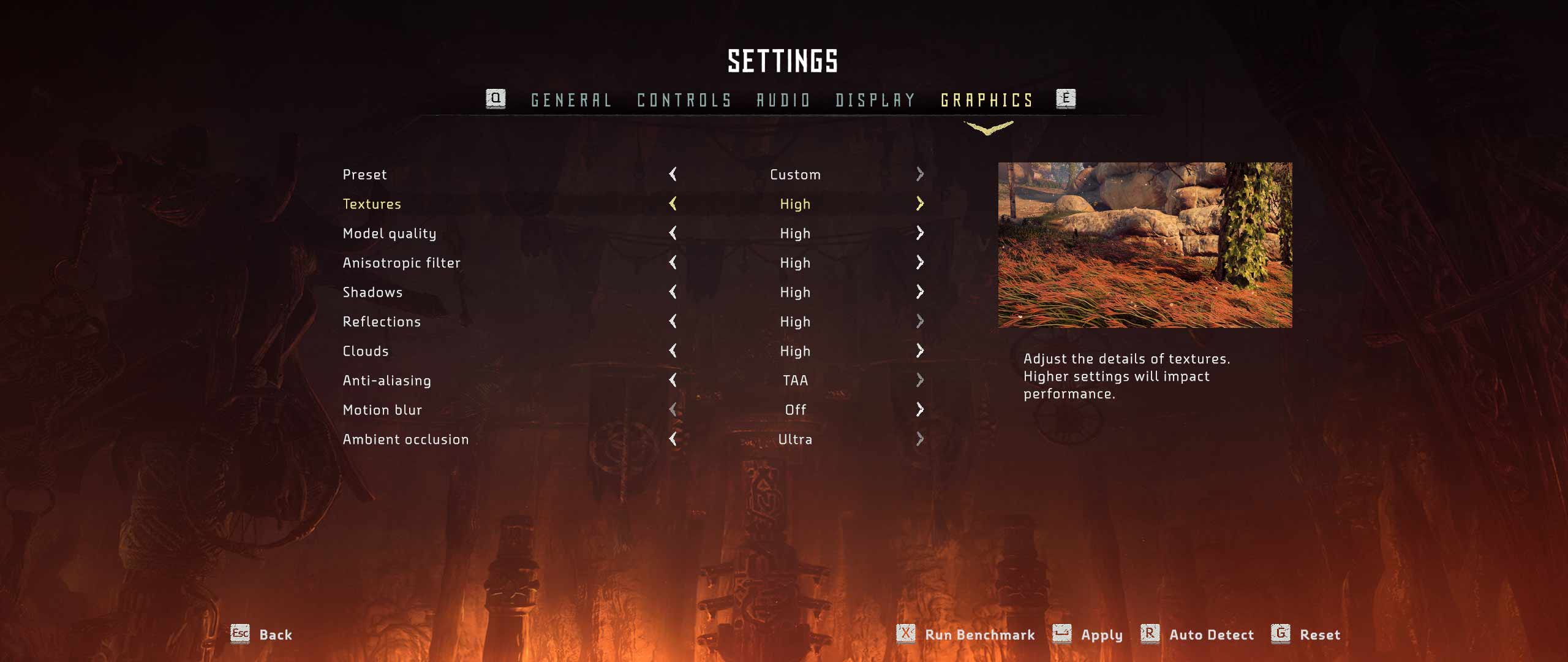
Performance & Optimisation
The biggest reason why a lot of people prefer to play games on PC is due to the higher framerates which can be enjoyed in most games. I am one of those people and I (personally) struggle to enjoy games that are below 60fps if it is readily available. Both these games targeted consistent and smooth framerates with high-ultra graphics details for a PC like mine, and Death Stranding was able to give me a relatively flawless experience in this regard, at least. I expect some performance dips when the draw distance in a scene is cranked so I can happily forgive minor frame dips there. Where my experience soured was in Horizon.
When I first played Horizon on my PC, I had it installed on my HDD. This was mainly because Death Stranding was still on my M.2 SSD and I wasn’t done with it, but also because I wanted to test the lowest common denominator when trying to evaluate this game’s performance on PC. Load times aside, which just comes with the territory of playing a large open-world game on a HDD, the game had an absurd amount of frame hitching. I was astonished at how bad it was and the fact that the cutscenes struggled to play as well wasn’t a vote of confidence. I had hoped it was a pre-release issue, but the day one update actually made it notably worse. The problem persisted until I gave and moved the game to my M.2 SSD, where all these problems ceased to exist. However, this is not the only technical blemish that plagued Horizon’s PC port.
Both these games targeted consistent and smooth framerates with high-ultra graphics details for a PC like mine, and Death Stranding was able to give me a relatively flawless experience in this regard
Naturally speaking, Horizon Zero Dawn’s visual suite is impeccable. While not perfect, Guerrilla Games showed that they were technical wizards and had a deep understanding of how to design a game from the ground up for the PlayStation 4. The PC port both puts their strengths on show while also showing the limitations of the game’s original code. There are still very clear LOD lines, texture and volumetric fog pop-in with vistas and landscapes, and the implementation of TAA (temporal anti-aliasing) is one of the worst that I have seen since Monster Hunter World. Some edges are incredibly soft and foliage very quickly becomes blurry and an eyesore. Death Stranding, on the other hand, worked as well as I’d expect a high-budget AAA PC port to. From frame pacing and texture streaming, everything felt like it was properly optimised.
Overall, Death Stranding and Horizon Zero Dawn are both welcome additions to the PC platform. Neither are perfect, in fact, Horizon brings with it a number of disappointing issues – some of which are easy fixes and others will take a while to be remedied, if at all. However, it also marks the beginning of Sony embracing the PC platform as a compatriot rather than a competitor, as shown with Sony’s continued interest in covering the flexible platform. I can easily say that Death Stranding was worth the wait while Horizon may need some more time in the oven.
Jordan lives and breathes Dark Souls, even though his favourite game is Bloodborne. He takes pride in bashing his face on walls and praising the sun. Hailing from the land of tacos, he is the token minority for WellPlayed.




